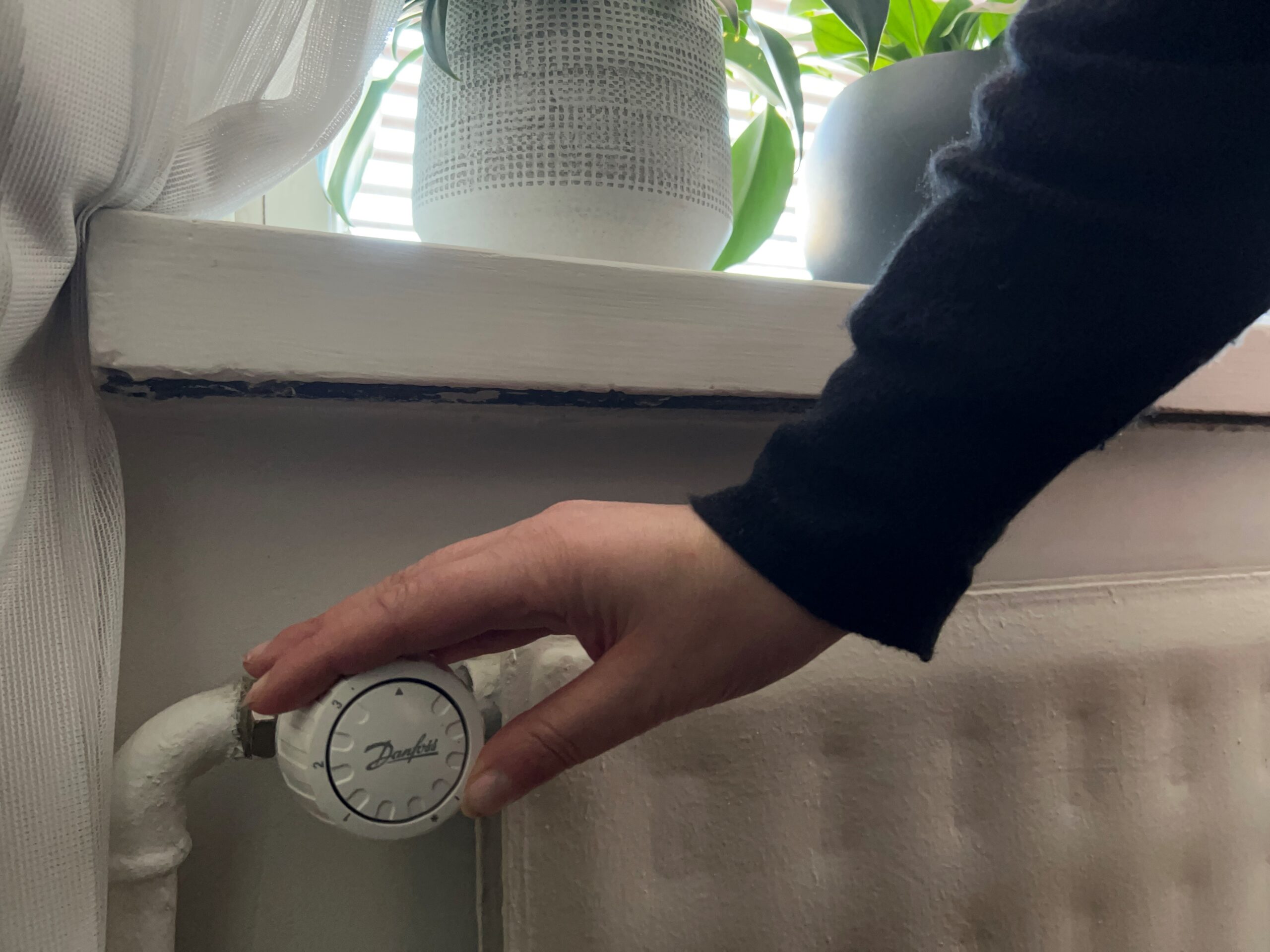Lowering each degree in heating reduces the energy bill by an average of 5%. In many farms and housing societies, talk has turned into action. However, turning the radiator thermostat to a lower position is not enough to lower the temperature.
The effect of the thermostat is limited to one room
Most people think that to lower the temperature, it is enough to turn the radiator or room thermostat to a lower position. That's enough, but only for one radiator or room. The thermostat is actually an overheating cut-out that cuts off the heating when, for some reason, the temperature in the room rises higher than desired.
"The radiator thermostat does not adjust or lower the temperature of the water coming from the network. After the change, the other rooms are still too warm, and even in that newly cooled room, the next person who comes in can raise the temperature again with a small movement of the hand", reminds the special expert Juha-Ville Mäkinen LVI-Technical Contractors from LVI-TU ry.
Energy consumption is reduced by lowering the water temperature in the network
When the building has a water-circulating radiator or floor heating system, the power of the heating and at the same time the amount of energy it consumes can be adjusted by lowering the temperature of the water going into the network. It is done with the help of an automatic adjustment system installed in connection with the system. Practically all water-circulating heating systems built in Finland have this.
"By changing the setting values of the regulator, the temperature level of the entire building can be lowered. The controller also takes into account the outside temperature and keeps the inside temperature constant despite changes in the outside temperature. Technically, it is not difficult, but it requires a good understanding of the effects of the changes on the conditions of the building. That's why it's important that the changes are planned and implemented by industry professionals," says Mäkinen.
The best result can be reached with consideration
Lowering the water temperature in the network is a workable solution, but the best result is achieved when the control system is tuned and the water flows in the network are properly balanced. Initially, this should be the case for all buildings, but over the years the situation may have changed. Residents should also be included in decision-making from the very beginning.
"Sometimes, just by checking the operation of the system performed by a professional and returning it to an appropriate state, significant savings can be made," advises Mäkinen.
"The matter must be decided together and all residents must accept it or at least adapt to the change. The board members of the housing company alone cannot make a change, even if there is enthusiasm now.
More information
LVI-Technical Contractors LVI-TU ry
Special expert Juha-Ville Mäkinen phone 045 899 9388, juha-ville.makinen@lvi-tu.fi
Communications manager Pipsa Hiltunen phone 0400 287 939, pipsa.hiltunen@lvi-tu.fi
